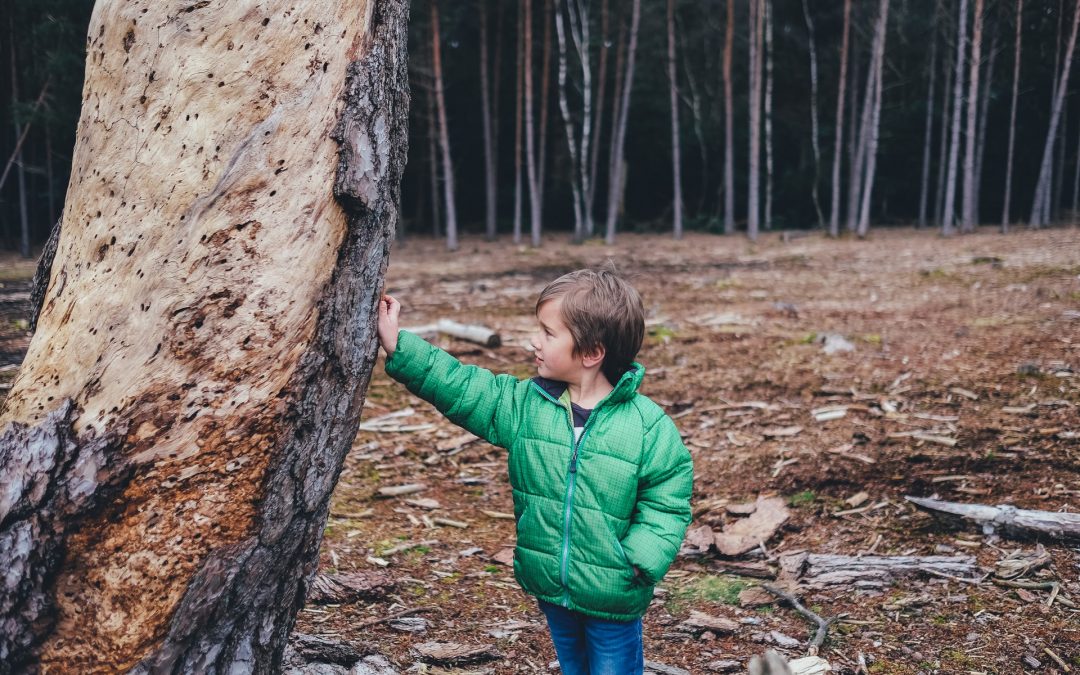18 months ago, teachers, parents, and students ran a campaign to have the Victoria School District declare a climate emergency, and put together a climate plan. They passed the motion unanimously, including this provision, that the Board would:
- a) direct the Superintendent to develop a Climate Action Plan that establishes targets and strategies commensurate with the Intergovernmental Panel on Climate Change’s call to limit warming to 1.5 degrees;
Sadly, it is a year and a half later, and there is no plan.
To try to get more community involvement and create a forum for accountability on climate action, Trustee Nicole Duncan put a motion to the Board to create a Climate Accountability Working Group, that would include students, parents, First Nations and employee groups.
The motion was put forward at this week’s sub-committee meeting, and was rejected.
The motion reads:
That the Board of Education of School District No. 61 (Greater Victoria) direct the Superintendent to establish a Climate Accountability Working Group comprised of representatives from our stakeholder groups, including: staff, students, parents and representatives from First Nations along with Trustees in order to identify potential actions to minimize School District greenhouse gas emissions, plans to continue to minimize those emissions and to meet our obligations under the Climate Accountability Act and CleanBC.
The motion will come again to the full Board meeting on Monday, January 25th. We hope to create enough pressure from the local community to convince Trustees to vote in favour of this motion to set up this climate accountability working group.
We hope you will:
- Write to Trustees at trustees@sd61.bc.ca (and please copy us here: cjchair@gvta.net) to let them know how important this is and to vote in favour of the motion
- Consider speaking to the Board on the night of the meeting. You can request a speaking spot by emailing: vhanley@sd61.bc.ca The meetings are all online via Zoom
- Forward this information to friends, family and colleagues in the Victoria area
Here is some background to the issue:
The IPCC report tells us that we need to reduce our emissions by 45% by 2030.
“Global net human-caused emissions of carbon dioxide (CO2) would need to fall by about 45 percent from 2010 levels by 2030, reaching ‘net zero’ around 2050.” (https://www.ipcc.ch/site/assets/uploads/2018/11/pr_181008_P48_spm_en.pdf)
If you look at the School District 61 Carbon Neutral Action Report (https://www2.gov.bc.ca/assets/gov/environment/climate-change/cnar/2019/sd/final_sd_61_2019_overview.pdf), you will see that we have made a 20% reduction in the first nine years (2010 – 2019). See the chart on page 6.
But especially worrying, is that there has been no reduction in the most recent 4 years. The reductions ALL happened in the first five years. This is because the “low hanging fruit” – very old oil boilers and really bad windows – were the first things to be dealt with under the existing provincial legislation.
Since 2015, there is no improvement, and no plan beyond extremely slow incremental change – one or two boiler upgrades, usually to natural gas (another fossil fuel), some window replacements, and some roof repairs.
We have just under nine years to meet this target, but no schedule to get there. There is not even a date of when we will see a climate plan, just a continual statement that there is one supposedly in development.
Moreover, the carbon reporting to the province does not include transportation. This is typically the second largest component of GHG emissions in a school district, after buildings. In our district somewhere around 25,000 people are travelling to schools everyday. We do not even have any baseline data on how they travel, but if we look at the City of Victoria data, the majority are car rides.
Trustees Ryan Painter, Elaine Leonard, the Superintendent, and the Board Chair Jordan Watters, said we can just leave it to the current processes to ensure we will meet the targets, that the District is taking care of it.
But there is no plan, and no evidence of any specific, measurable actions to meet the climate targets. Most recently, a motion to investigate renewable energy during the Vic High renovation failed. Instead, a gas boiler is being installed.
Most municipalities now have climate plans. There are many good critiques of these plans, and even many of these plans, while they may be ambitious, are not actually meeting their targets, because the actions are too focused on voluntary behaviour changes. But at least these are real plans, with baseline data, targets, actions, measurable goals, and projected reductions.
Currently the School District has nothing like this.
Here, for example, is the plan for the City of Victoria: https://www.victoria.ca/assets/Departments/Sustainability/Documents/City%20of%20Victoria%20Climate%20Action%20Plan.pdf
The chart on page 17 shows the specific, measurable actions that will lead to specific and measurable reductions and it shows how these align with the IPCC goals. When this is spelled out, then the community can start to have a discussion: is this enough, fast enough, have we met targets and how do we revise the plans when we don’t?
Notably, the school district actually is part of some of these city targets: for example, retro-fitting 2% of buildings per year to 100% renewable. Except the school district has no plan to do this. This would mean one school per year retro-fitted to 100% renewable. There is not currently a plan to make any schools 100% renewable.
The District needs to develop a plan, with community input from students, parents, the public and employees. We need a mechanism for community input and feedback. We need a climate accountability working group to ensure the planning and work gets done.
Tara
Climate Justice Chairperson, Greater Victoria Teachers Association
